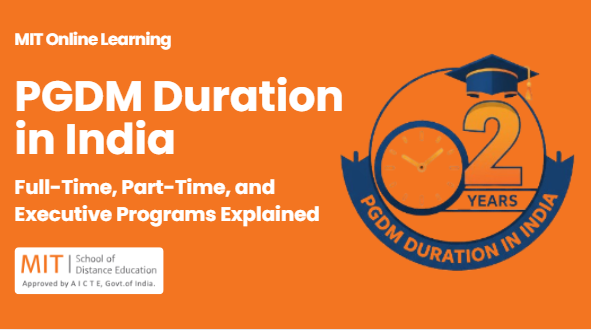The pandemic has changed the way we work be it remote, hybrid or onsite. The new
working conditions have propelled the HR functions to adapt themselves to suit the
changing work requirements.
Chief Human Resource Officers (CHROs) from companies across the globe were interviewed
by McKinsey and a vast majority of them said that they were eager to shift to a model called
“back to human”.
This model focuses on the ‘human’ aspect of Human Resource Management. It means that
the pandemic has intensified the need for companies to focus more on the mental &
physical health of the employees and emphasized the need to concentrate on the ‘human’
rather than the technological advancements.
Hybrid working has led to a glaring disparity between the fully engaged and proactive
members and the discouraged, disengaged members of the team.
HR played a central role in the face of the pandemic in redefining the policies, innovation in
the company structure, adoption of technology, reshaping the employee roles, and
compensation management.
The transformative role of the HR post-pandemic –
People-centric policies – The HR processes are shifting their focus from processes to people-
centric policies. The after-effects of the pandemic took a toll on the mental health of the
employees. Hence the functions have to be revised to focus more on employee engagement
activities, brainstorming sessions, group huddles, coaching and mentoring, training &
development sessions, and actively taking the feedback of each employee for improvement
of the processes.
Monitoring of skills & engagement – Motivation and engagement are factors that keep the
employees satisfied in their job. In an online or virtual mode of work, the managers need to
be trained to work on their monitoring skills to identify the full-engaged, self-motivated
employees and reward them for it. Similarly, those employees that feel disengaged or
demotivated to work should be counselled, mentored, and motivated to work.
DEI – Diversity, equity, and inclusion are the focal areas of talent management. DEI has given
the HR functions a new sense of person to bring vibrancy to the workforce and give
equitable opportunity to all.
Freelancers & contractual workers – In the midst of mass unemployment, HR managers are
preferring to hire freelancers or contractual workers for specific jobs. Though it increases
the company’s overheads, it gives more flexibility and allows the company to tap
unexplored talent.
Apps or software – In-house or company apps for people management have helped HR
managers to interact with the employees personally, get instant feedback, conduct surveys
and update the teams on ongoing or future events or activities.
Learning & development activities – McKinsey report states that 69% of respondents said
that their organizations did more skill building now than before the pandemic. This denotes
that the HR managers are focused on upskilling or reskilling the employees.
Culture, value, and purpose – HR managers need to reiterate the company’s purpose, flatten
the organization structure for quicker decision-making, communicate future goals and
provide a direction to the workforce.
Understanding the changing dynamics of people management is crucial for any HR manager.
MIT School of Distance Education (MITSDE) is an institute that understands the current skills gap & ongoing trends in the market and has designed its courses to align with the industry requirements. Hence, MITSDE brings you PG Diploma (PGDM HRM) in Human Resource Management.
The course covers the basics of Human Resource Management, analytical skills, International HR practices, and the latest trend in E-HRM.


